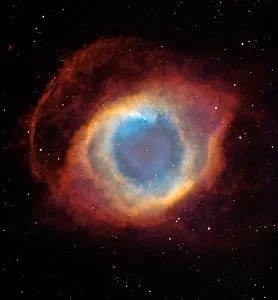Particles and a Twittering Machine: Reflections on a Star Cluster
Technological advancements over the past two decades have provided a way us to see the unknown and uncharted areas in space. This has been of enormous inspiration for my work. In March 2022 the James Webb Space Telescope took its first aligned image of a star and it’s simply breathtaking!
Credit: NASA James Webb Space Telescope Alignment Evaluation Image, 2022
Twittering Machine, Paul Klee 1922
Since before the 1990 launch of the NASA/ESA Hubble Space Telescope, I’ve been fascinated with the developments of space exploration and advances of satellite imaging technology. Around 1992 or so I came across the NASA book Exploring Space with a Camera at Goodwill which contains a treasure trove of some of the first images taken from space in the 1950’s and 60’s. To date, the colorized images of nebulae and galaxies have, at times, directly inspired my work. So the alignment image from the James Webb Space Telescope got me thinking about my 2010 painting Star Clusters, and what it was like to embark on the creation of this 4’ x 4’ framed encaustic painting.
When I look at the painting now, I remember how I fought with it. I began it by using another aspect of my interest and inspiration; the fascinating process of capturing particle movement on in a bubble chamber. The line quality in some of these images harken to one of my all time favorite and significant prints from 1922 ironically titled Twittering Machine by Paul Klee. On view at The Alfred H. Barr, Jr. Galleries at MoMA, the piece is described as, “A violent marriage of nature and industry, the crazy contraption in Twittering Machine…mechanizes the songs of birds…In this drawing, humans turn movement and song against nature, making them activities of enslavement.” I can safely say that, seeing this print in person ignited the development of my printmaking practice.
Elise Wagner: Star Cluster
48'“ x 48” encaustic on panel, framed. Inquire.
Knowing of my interest in astronomy and particles, an art collector gave me the book Particle Explosion. With Star Cluster, I was interpreting star clusters along with this particle image. As I worked on it’s many wax layers made evident in the weight of the piece, I thought about how star clusters unlock the mysteries of how a star is actually born and also how we as humans are made of stars.
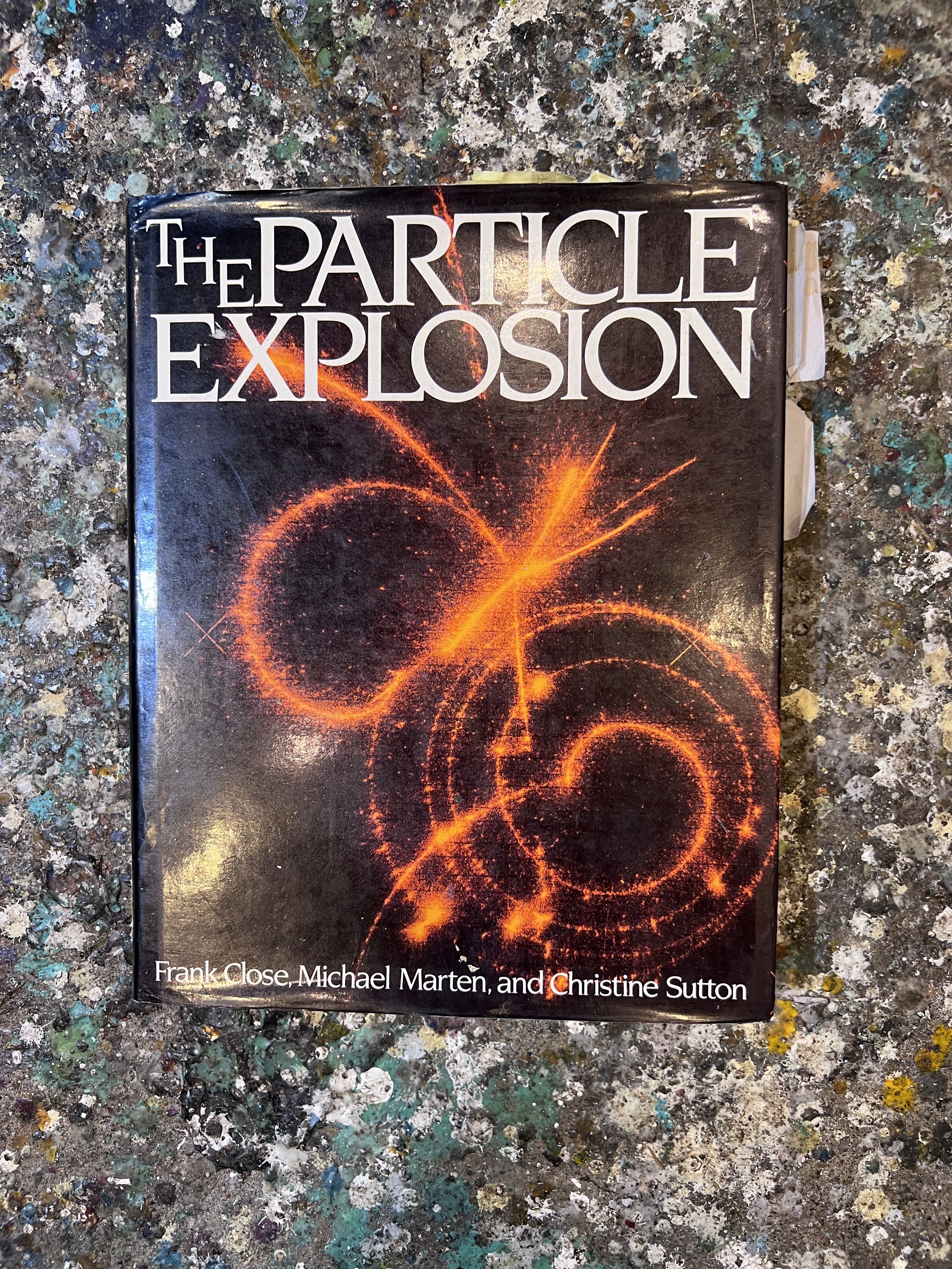
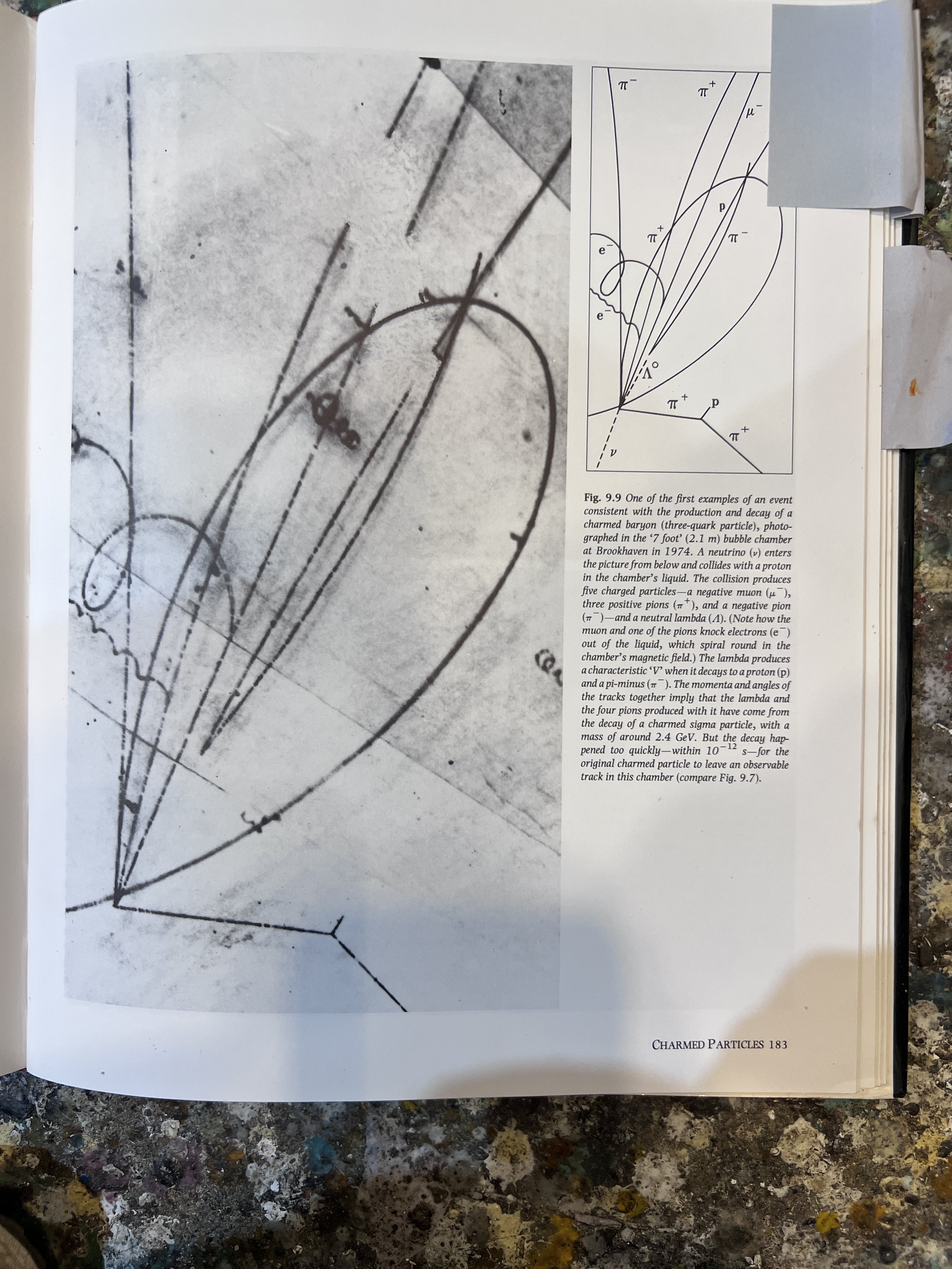
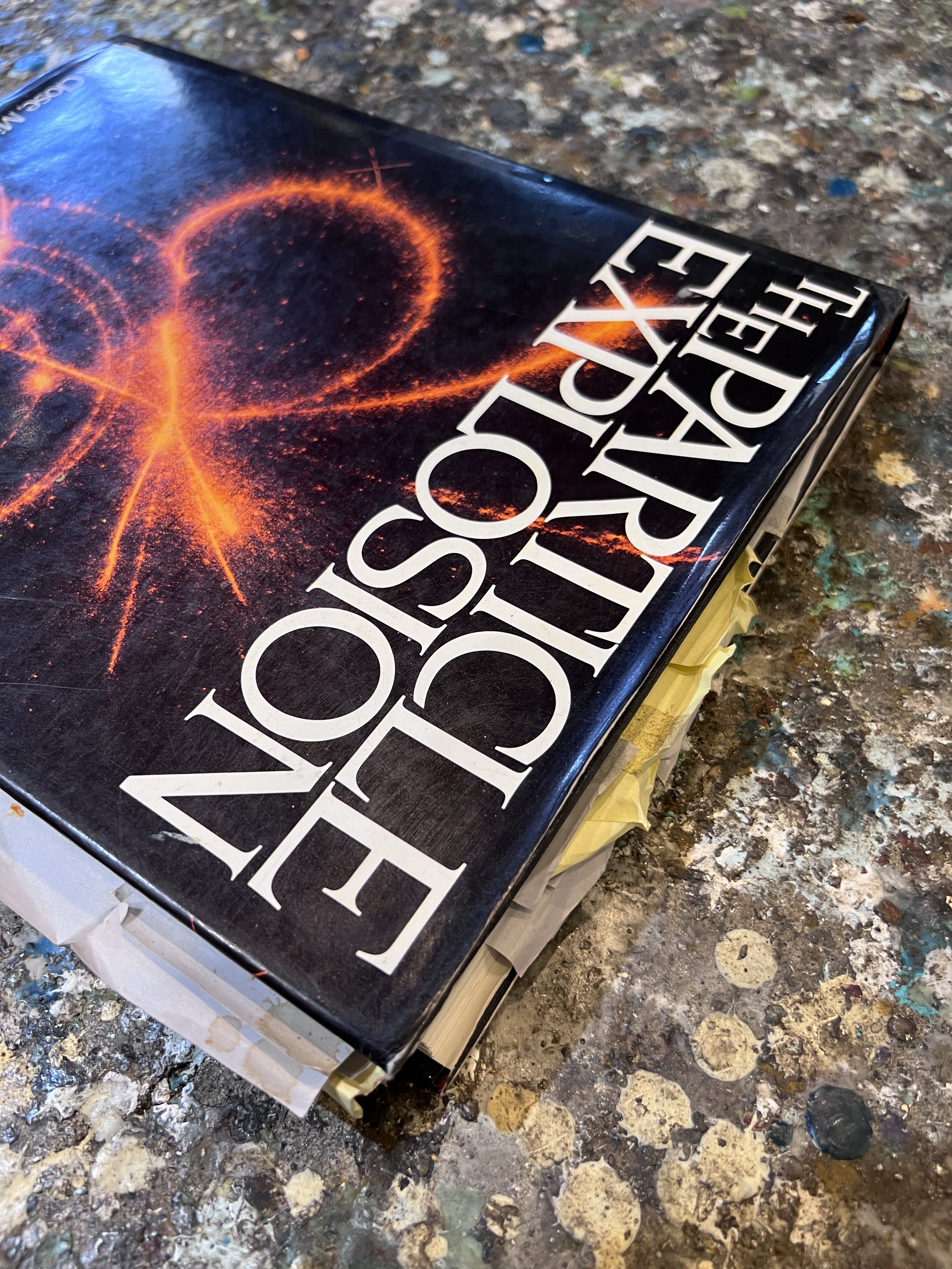
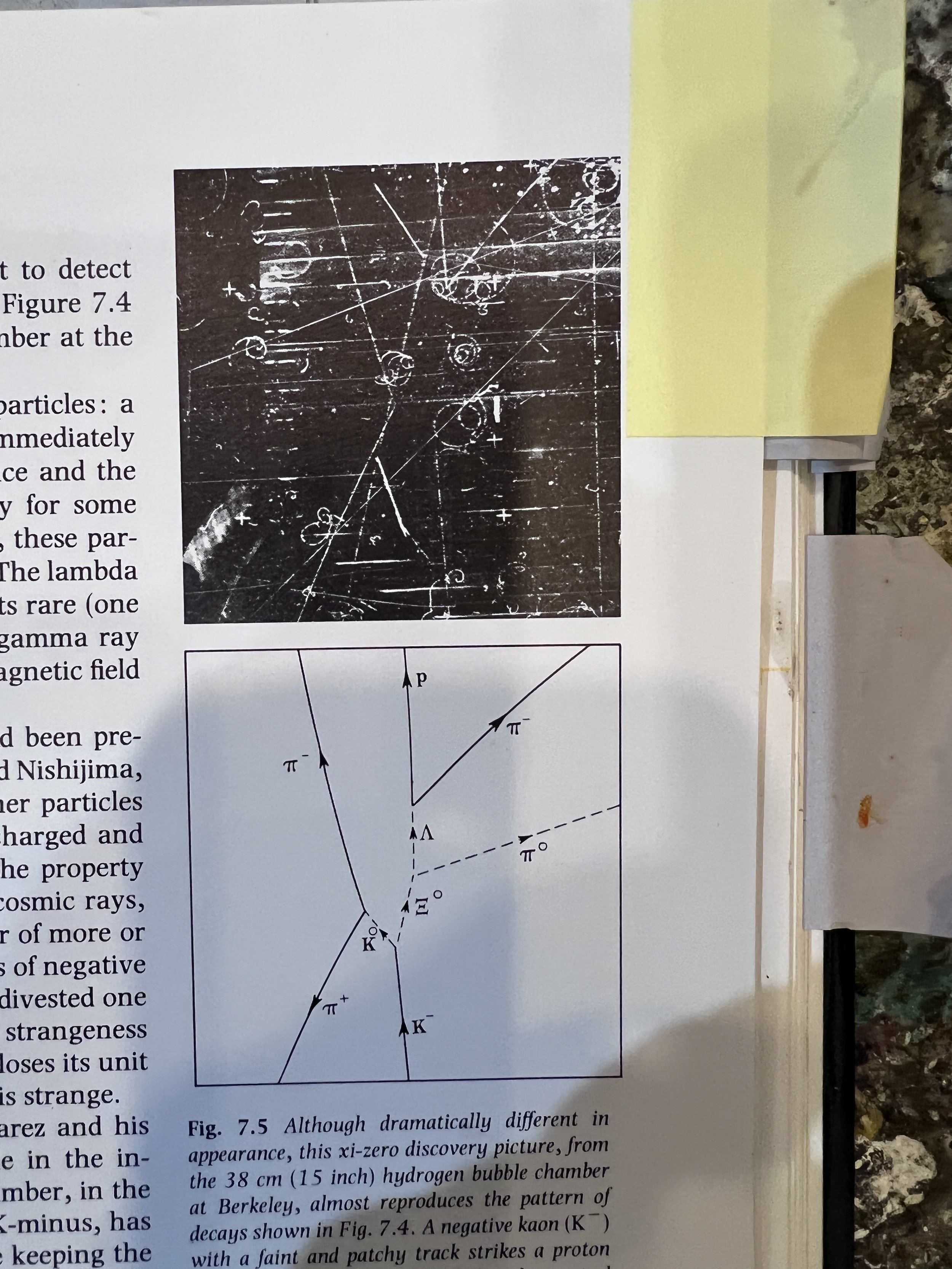
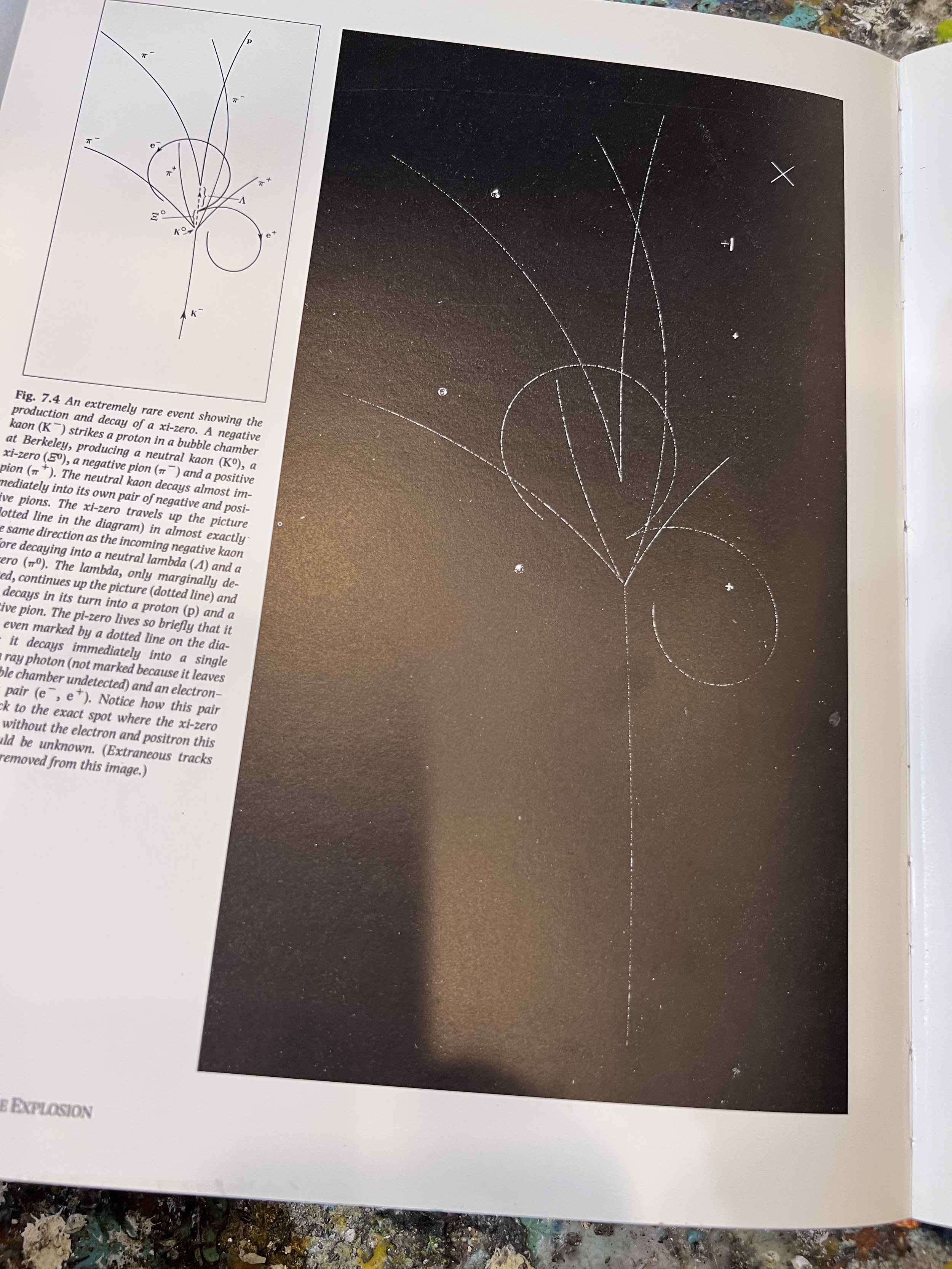
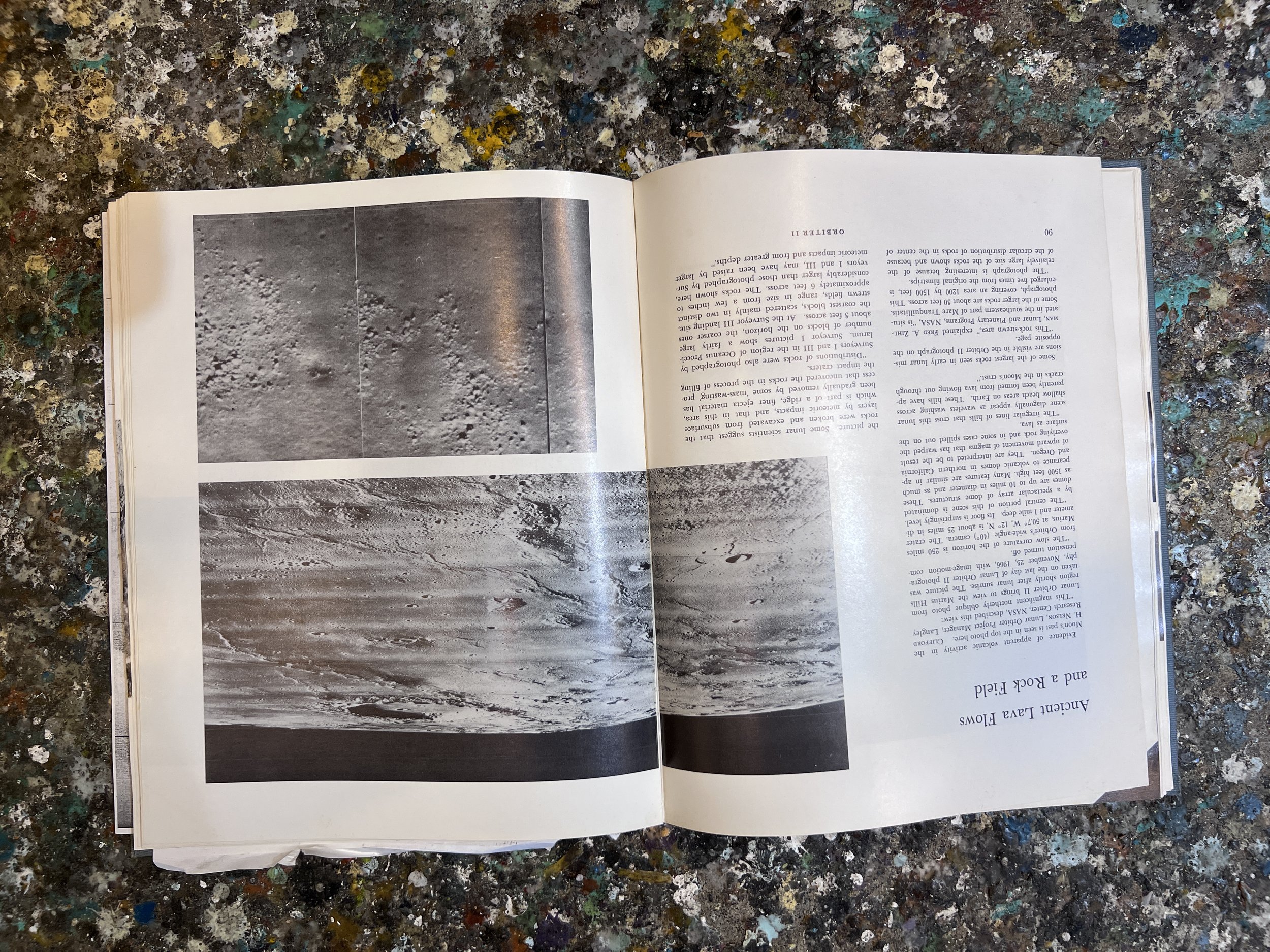

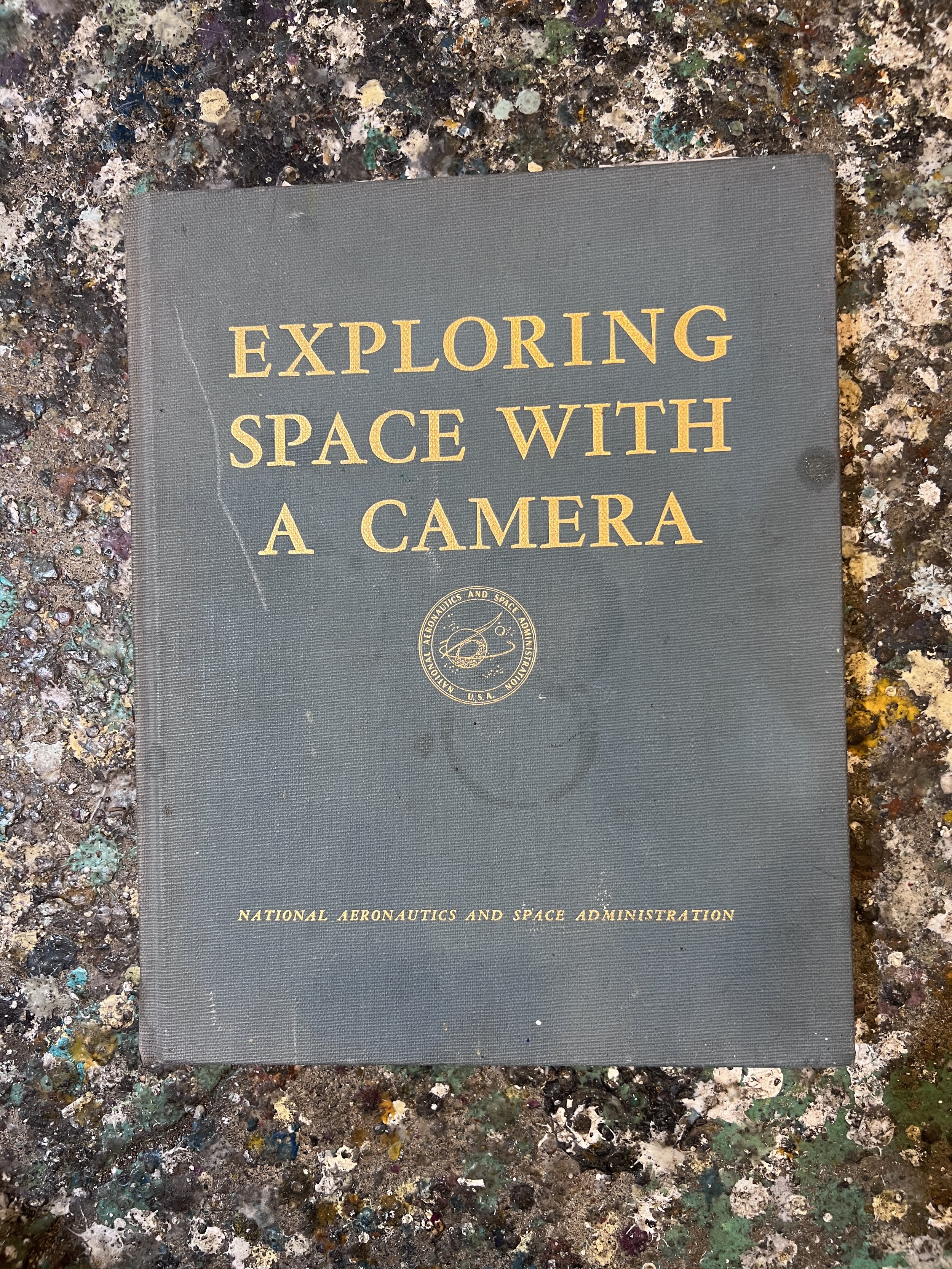

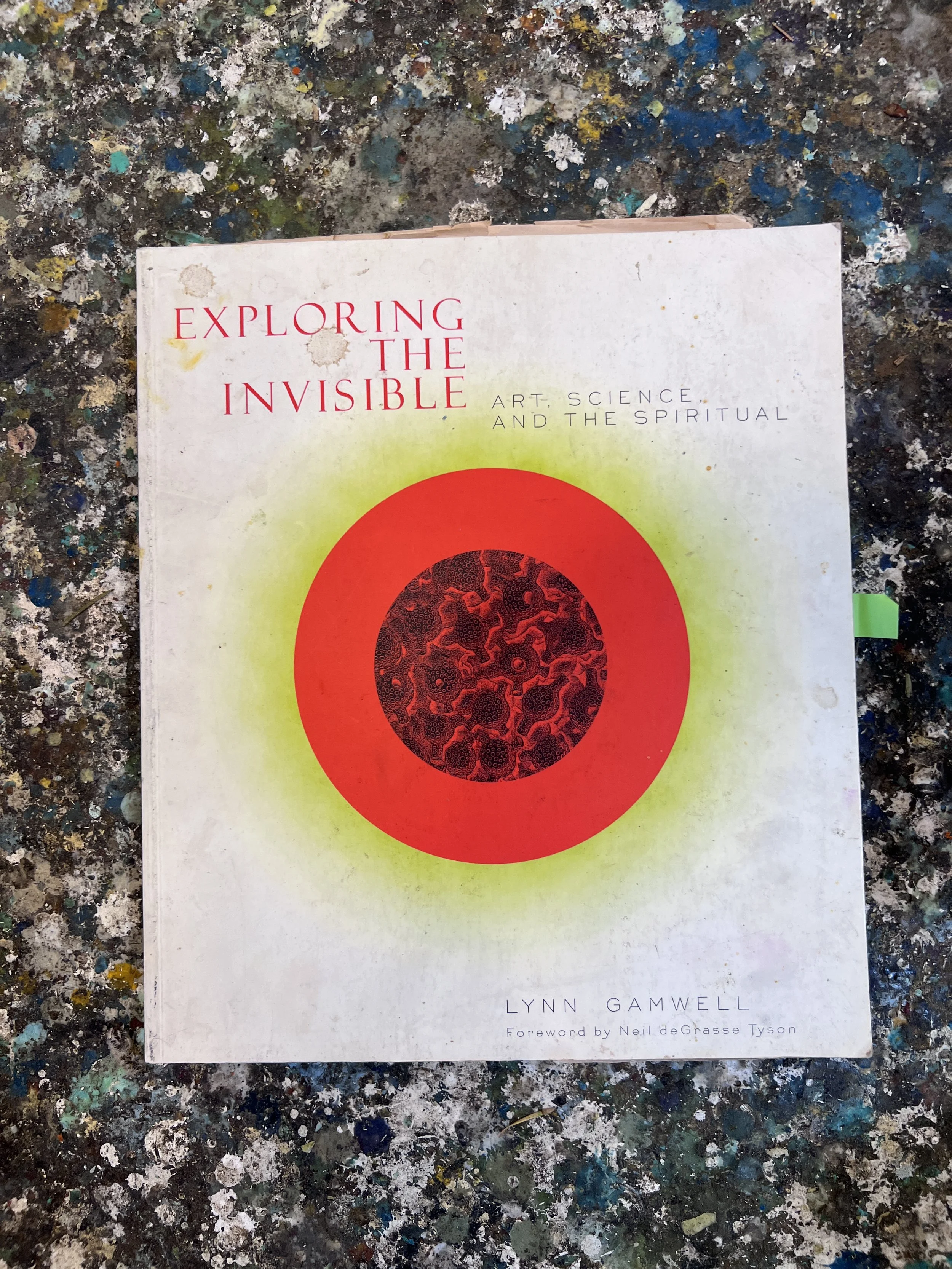
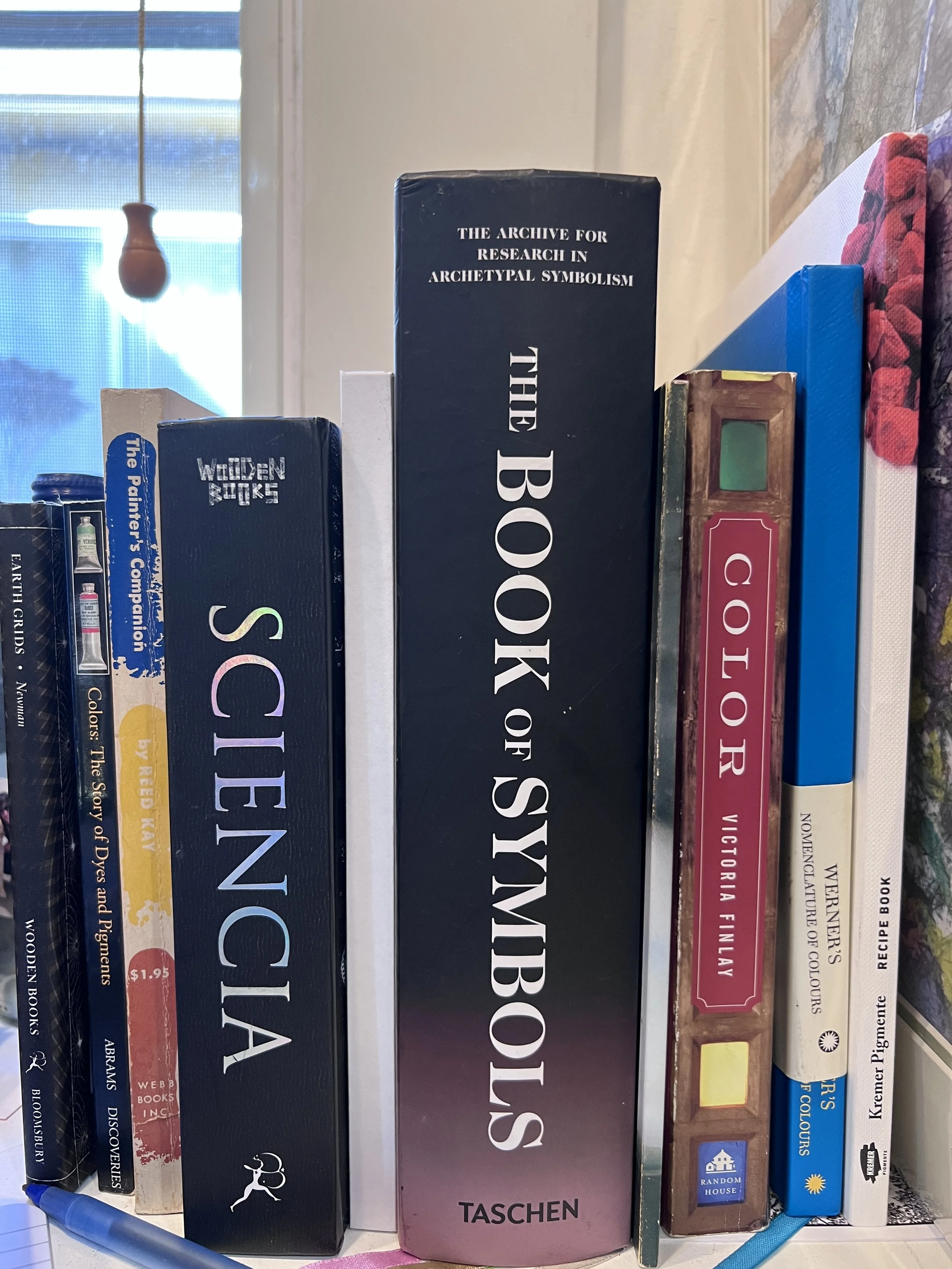
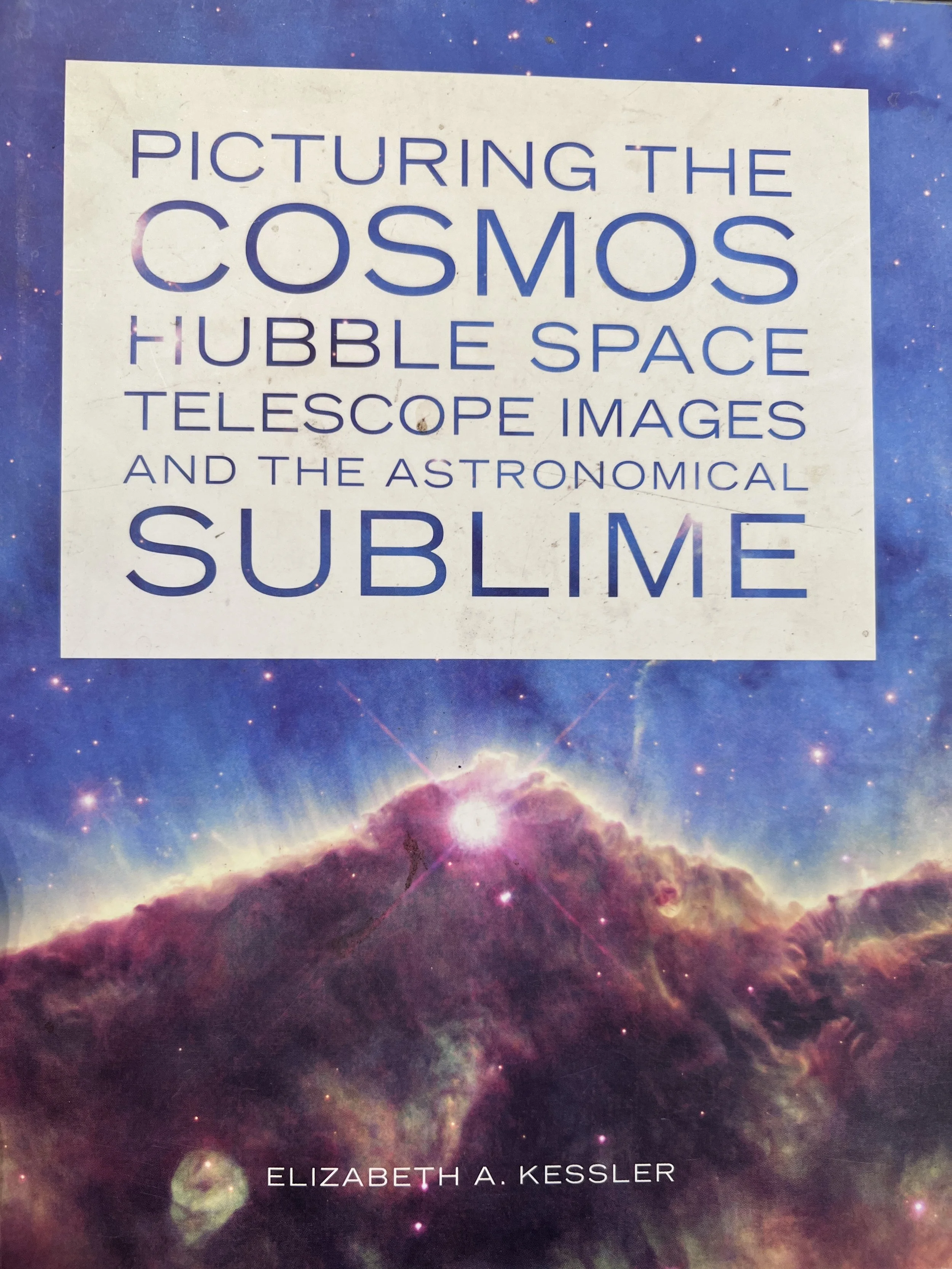
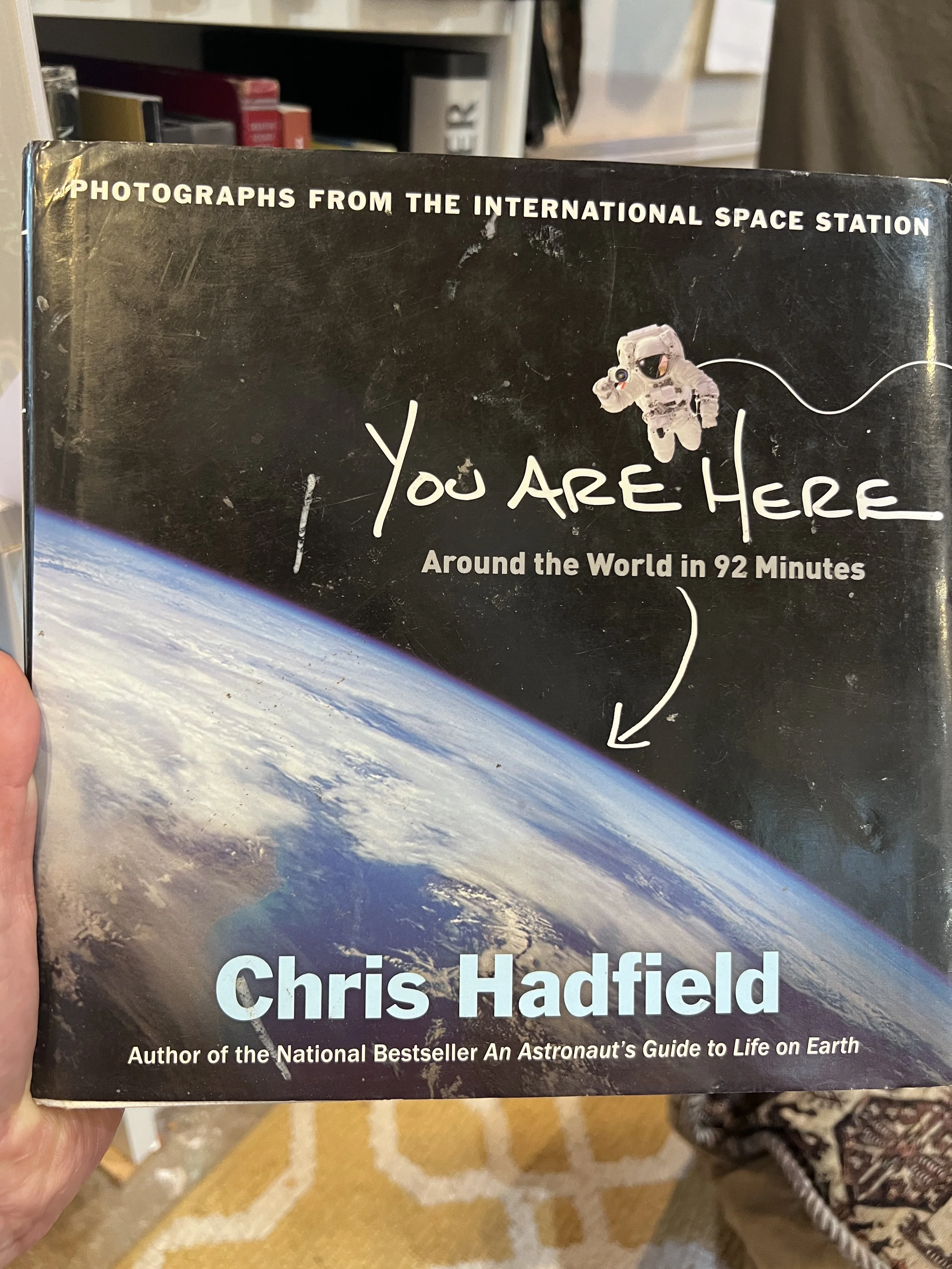


I can hardly wait to see what the James Webb Space Telescope will show us and how it might seep into my work.
That first NASA book sparked the beginning of a collection in the slideshow of now many well used and poured over volumes of imagery on the subjects of science merging with art that I’ve referred to for my work over the years. Each encapsulates the historic progression both of scientific progress, understanding the unknown and how artists have interpreted and been inspired by it over centuries.
This is where science and art come together towards exploring, understanding, and responding to abstraction in the world around us. It is new developments in science, art and the humanities that transgress history and the human experience. All these things captivate my curiosity and compel me to continue creating artwork.
Here are some of my favorite Instagram follows and hashtags:
@nasawebb @iss @nasa @nasahubble @nasagoddard @dailyoverview #hubble #space #nasa
Read more about how scientists colorized images from NASA/ESA Hubble Space Telescope.



